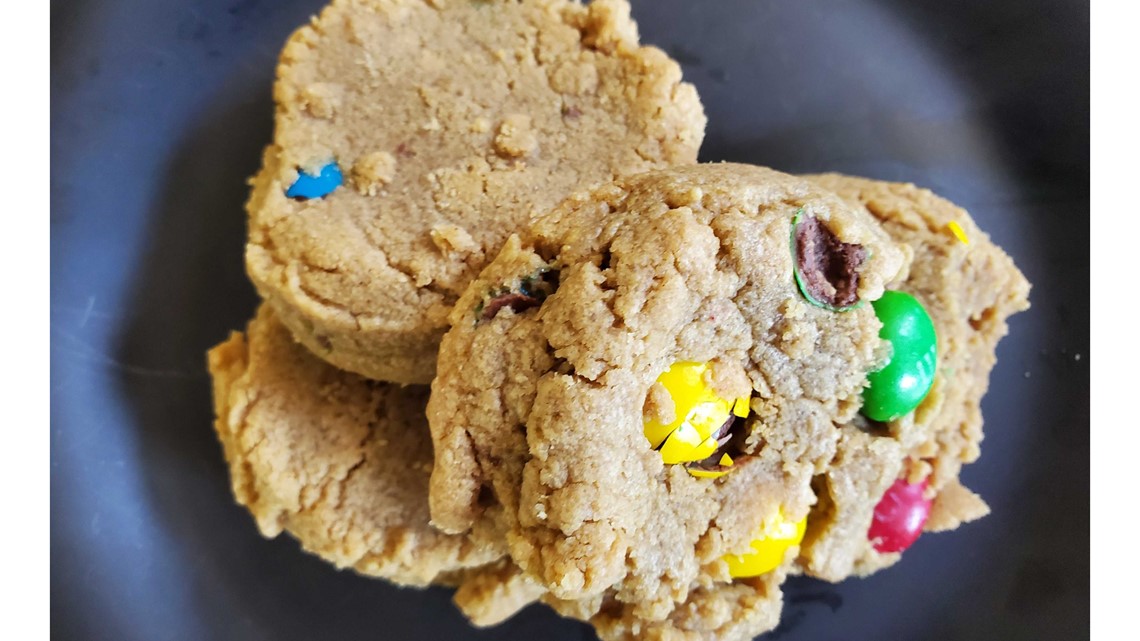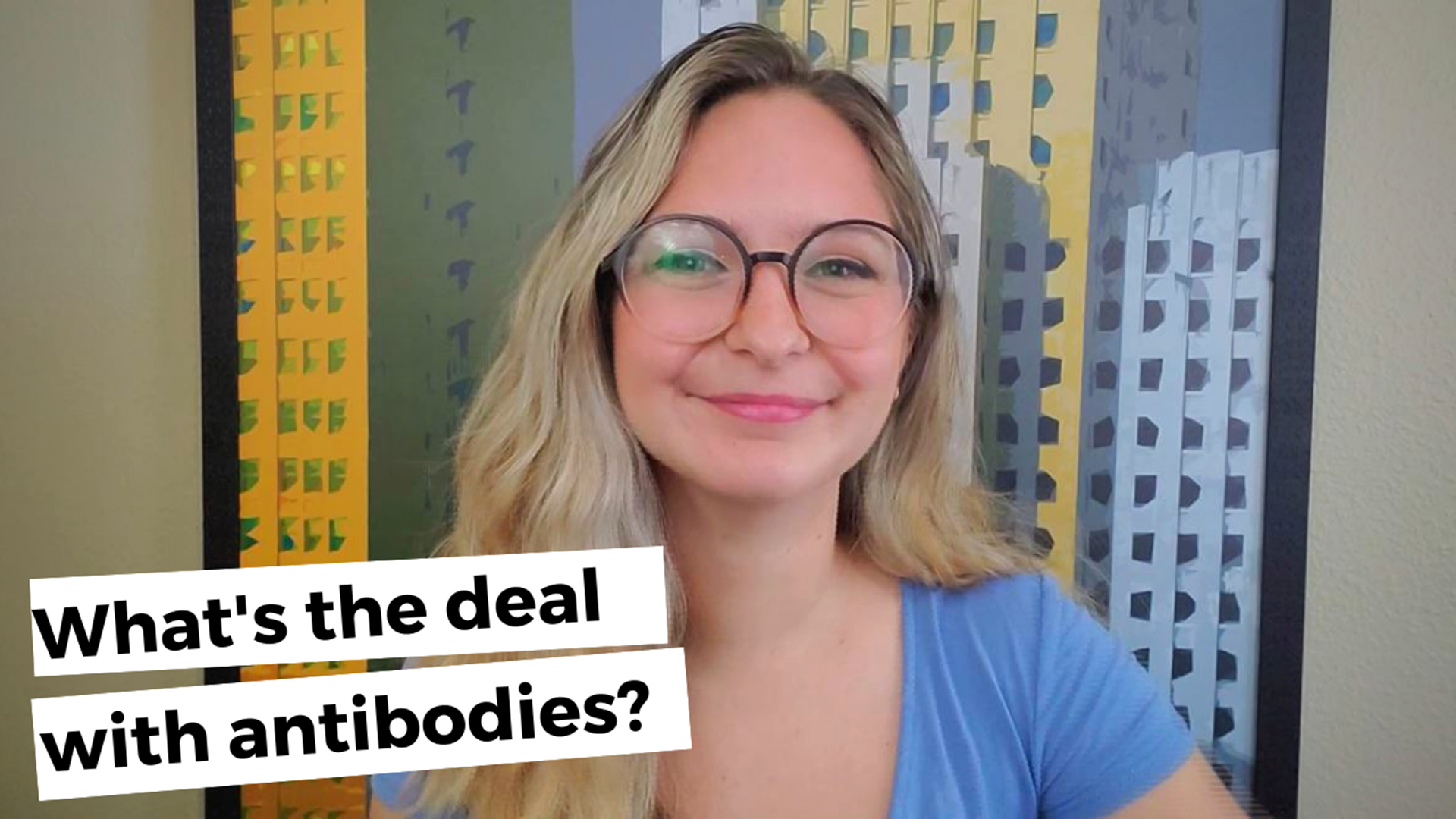TOLEDO, Ohio — As the coronavirus continues, many state and local leaders have begun dialing back on reopening plans.
In Lucas County, health officials are calling on schools to go completely virtual as they prepare to start the next school year.
Toledo Public Schools already took that plunge, announcing on Thursday new plans to have students learn remotely five days a week.
Plus, Ohio Governor Mike DeWine is making some changes to how people drink in bars.
Here's a look at what was discussed on Friday's episode of Afternoon Tea.
VIRTUAL LEARNING
Dr. Johnathan Ross, the President of the Lucas County Board of Health is now recommending schools begin the year virtually and that fall sports should be suspended until the coronavirus is under control.
Most school districts have already released back-to-school plans, and the vast majority of them have incorporated some form of in-person learning.
But, Ross said on Thursday that the landscape is vastly different than when these convos first started, citing the current high number of COVID-19 positives and the fact the county is still in the red category of the state’s alert system.
At this point, the board hasn’t voted on any sort of recommendation or resolution and likely won’t be doing so until their meeting next week.
But, not long after these comments were made, leaders with Toledo Public Schools announced they would be starting the school year virtually anyway.
The school board voted unanimously to push back the start date until September 8 and that the district would start things off in the "red light" status, meaning students will be all virtual, all the time.
The current plan involves giving each student a device for learning and assigning them an instructor to report to each day.
The board also voted to cancel fall sports, saying a decision on winter sports would be made on Oct. 1.
EARLY BAR HOURS
The Ohio Liquor Control Commission voted at an emergency meeting Friday morning on a new requiring bars and restaurants to stop selling liquor at 10 p.m. with drinks gone by 11 p.m.
DeWine said at his press conference on Thursday that as soon as that emergency measure was approved - which it was Friday morning - he would sign the order, making it effective Friday night. However, so far, that order has not been signed.
However, the new rule would allow those getting takeout to order three drinks to-go instead of just two per meal.
But, a lot of bar owners have expressed strong opposition to the rule.
Industry leaders have questioned an absence of data proving bars and restaurants are the source of COVID-19 spread and owners voiced fear and frustration as the move could devastate business and layoffs would be likely.
ANTIBODIES AND COVID-19
What do we know about antibodies in terms of coronavirus? Spoiler alert: not much.
Dr. James Tita, a critical care pulmonologist and Chief Medical Officer for Mercy Health St. Vincent Medical Center, explained that antibodies are just part of the equation.
First, our bodies have B cells, which make the antibodies in response to some sort of invader like bacteria. In fact, antibodies are really strong at fighting off bacterial infections specifically.
In response, the antibodies bind to the bacteria, and the other parts of your immune system, like white blood cells, zero in to deneutralize the threat.
We also have T cells, and these do a better job of fighting off viruses like the coronavirus.
But, if T cells are generally doing more work to fight coronavirus, why are we testing for antibodies?
While T cells specialize in fighting off viruses, they also react to a number of other invaders, and T cells don't float around with labels that say "coronavirus." They could be fighting the flu or the cold, or a variety of other things.
We test for antibodies because when they cling to those invaders, scientists can identify what invaders they bound with.
Basically, we can tell when an antibody as battled coronavirus, but with T cells, it isn't as clear.
So, if you’ve tested positive for COVID-19 antibodies, you were probably infected at some point. And if you tested negative, there's still a chance you had it, too.
Tita said that there have been some patients with confirmed positive cases, who later tested negative for antibodies. Are they still immune?
Well, Tita said, maybe; he explained that it could just be that their T cells were putting in overtime and their bodies had less of an antibody response. But again, we can’t really measure exactly what the T cells were up to so it is difficult to tell.
The good news is, re-infection at this point is pretty rare. But, how long do we stay immune to coronavirus? Well, we don't know yet.
Coronavirus has only been on the radar for about seven months, so it may take some time to figure these things out.
For instance, immunity for the measles is long-lasting but pretty short for colds, some of which are caused by coronaviruses. Does COVID-19 share this particular characteristic? Maybe; but, immunity for SARS, which is one of the closest viruses to this particular coronavirus, seems to last a bit longer.
What about a second wave of the virus? We won’t technically be out of the first wave until we crush the virus down to extremely low levels for at least a little while.
In summer, when things typically die down, we are back to peak levels, so who knows what will happen in the future.
Tita said that wintertime is generally when pandemics worsen. People are inside more often, but being outdoors is preferable as it seems to dilute the virus. Additionally, we will most likely be dealing with influenza at the same time, so we could have a large number of people dealing with serious respiratory illnesses at the same time.
However, one weakness this virus has is that it can’t swim more than six feet so if we stay apart, minimize the amount of aerosol we create and stay out of crowds, Tita said, we have a shot at beating things down.
The problem with crowds is a group of people referred to as "super spreaders."
These people are often asymptomatic and, for whatever reason, are really good at spreading the virus. Tita said in a crowd of 50, there's a 15% chance that a super spreader is around.
However, the good news is, a vaccine doesn't seem too far away. The wild card is, how many people will actually get it.
PEANUT BUTTER M&M COOKIES
Here's another easy recipe! And while these don't look that pretty, they are a peanut butter lover's dream.


INGREDIENTS
- 1 large egg
- 1 cup peanut butter
- 3/4 tsp. baking powder
- 3/4 cup granulated sugar
- Peanut M&Ms (use your own judgment)
ASSEMBLY
Preheat your oven to 350 degrees.
Dump all of your ingredients (besides the M&Ms) into the bowl of your electric mixer and whip it up until it forms a dough. Then, you can add your candy and mix lightly just until combined.
Scoop your dough using a cookie scoop or spoon onto a lined baking pan (I love using my silicon mat).
Flatten your cookies to your desired shape. They won't flatten on their own.
Pop them in the oven for about 7 minutes, just turning a nice golden brown.
Let cool for a few minutes, before placing them into an airtight container.

